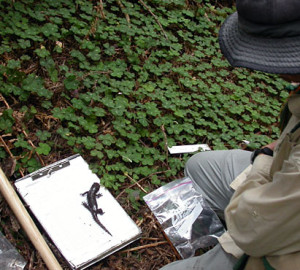Redwood Forest Restoration and Martens
onMartens are agile, 2-foot-long members of the weasel family. They need ancient forests—and used to thrive in the coast redwoods of California. Today the Humboldt marten, the coastal subspecies of the Pacific marten in California, has vanished from more than 95 percent of its former range. A single population of about 100 remains on the coastal edge of the Six Rivers National Forest, roughly between Crescent City and Arcata. Learn more about this research.


